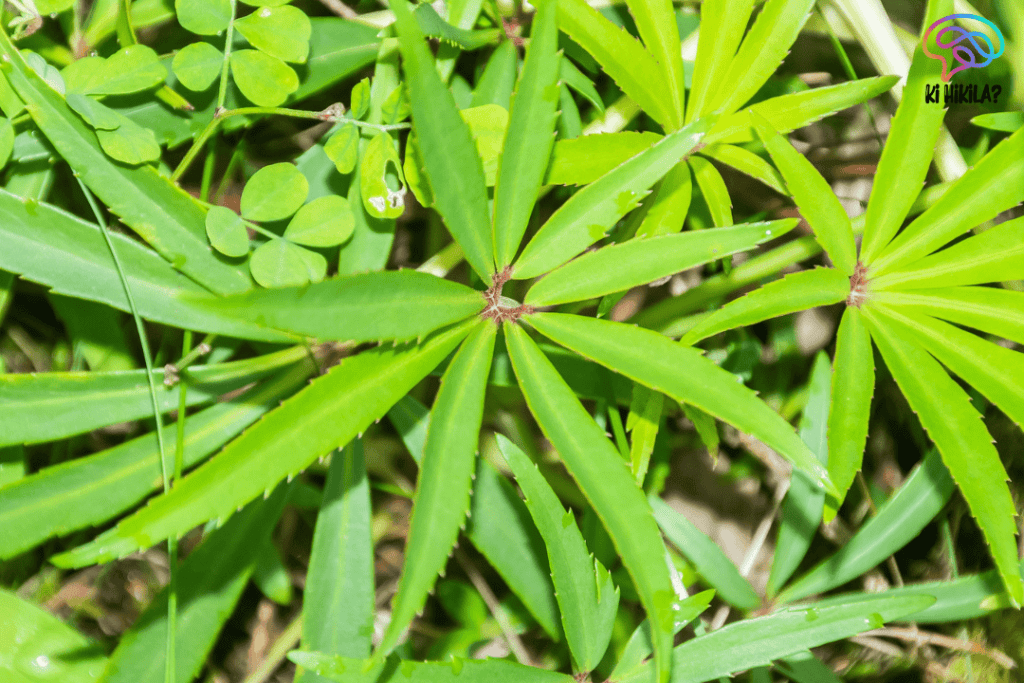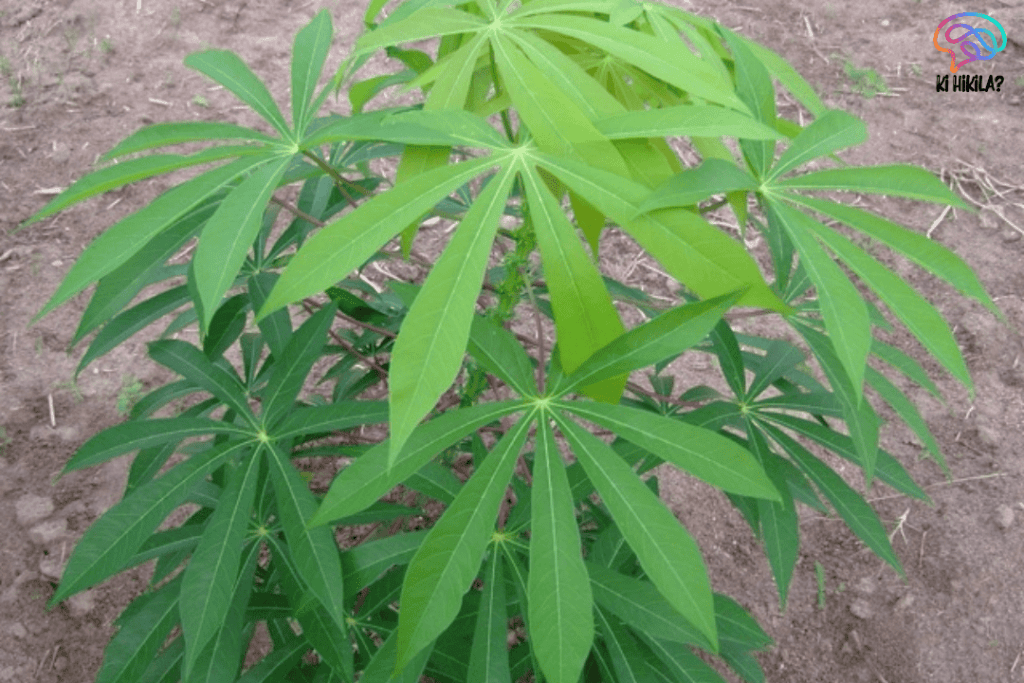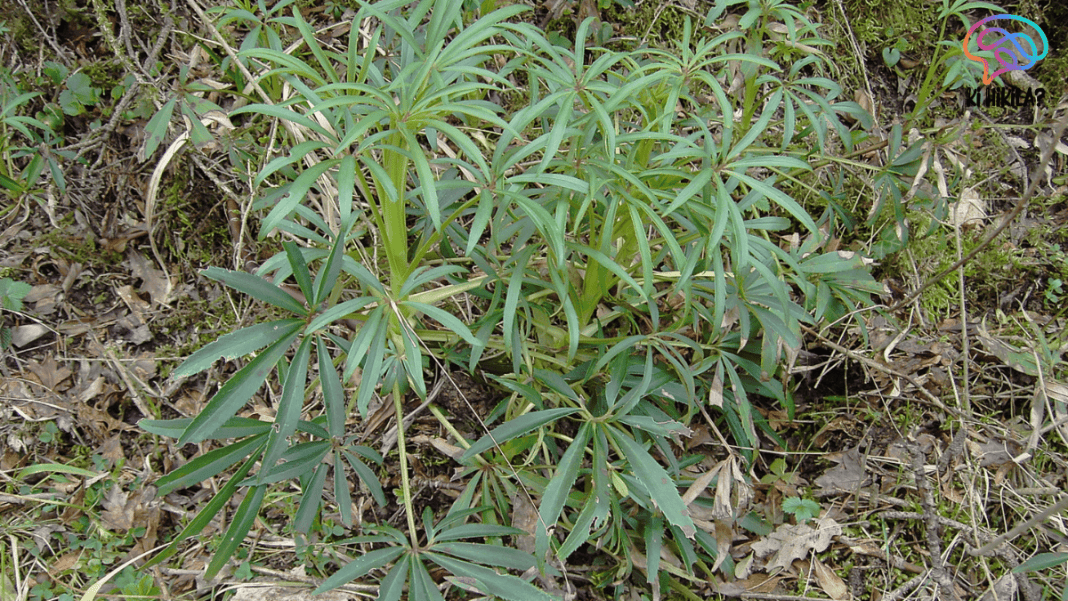Heptapleurum Assamicum, a newly identified evergreen shrub, has recently been discovered by botanists in Assam’s Dima Hasao and West Karbi Anglong districts. This remarkable plant enriches the already diverse flora of Northeast India, a region globally recognised for its biodiversity hotspot status. The discovery highlights the ecological importance of Assam and reflects the vast, yet underexplored, botanical wealth of the region. Found in the Kopili River basin, Heptapleurum Assamicum grows uniquely on large boulders within flowing water habitats, a trait that makes it both rare and ecologically significant.
Discovery of Heptapleurum Assamicum
The discovery of Heptapleurum Assamicum occurred during intensive field surveys in the Kopili River basin. Botanists identified the plant in a specialised rheophytic habitat—an environment where only plants adapted to fast-flowing water can survive. This evergreen shrub displayed striking umbrella-shaped leaves and exposed roots firmly gripping river rocks. Only about ten individual plants were documented, all restricted to a single large boulder along the riverbank. Such a limited population suggests a fragile existence and underlines the urgent need for further research and conservation strategies.
Taxonomy and Botanical Features

Heptapleurum Assamicum belongs to the Araliaceae family, a group that includes the well-known umbrella plant (Heptapleurum arboricola), commonly grown as an ornamental species worldwide. Despite being related, H. assamicum has distinguishing features that set it apart. The leaflets are narrow and lance-shaped, each less than 1.2 cm wide, giving it a refined appearance.
The shrub bears inflorescences with up to 15 flowers per umbel. Its flowers are a vivid purple, which contrasts sharply with the greenish-yellow blooms of its relative, H. arboricola. Another distinctive trait is found in its fruits—ripening into deep reddish-purple shades with unique orange-red glands, a rare occurrence within the genus. These botanical features confirm Heptapleurum Assamicum as a distinct and significant addition to Indian flora.
Phenology of Heptapleurum Assamicum
The seasonal cycle of Heptapleurum Assamicum is closely aligned with the regional climate of Assam. Flowering begins in January and continues through March, while fruits typically mature by May. Such phenological details are crucial for understanding the species’ reproductive ecology. However, given its small population and specialised riverine habitat, concerns remain about its reproductive success and long-term survival.
Conservation Status
Currently, Heptapleurum Assamicum is classified as Data Deficient by the International Union for Conservation of Nature (IUCN). While immediate threats have not been identified, its highly localised distribution and tiny population size make it vulnerable to habitat disturbances, environmental changes, and human activity. Deforestation, pollution, and alterations to river systems could directly affect its fragile existence. Researchers strongly recommend comprehensive surveys to determine its full distribution range and conservation requirements.
Ornamental Potential and Ecological Role
Beyond its scientific importance, Heptapleurum Assamicum shows promise as an ornamental plant. Its compact growth, evergreen foliage, and vibrant flowers make it suitable for botanical gardens and shaded landscaping projects. However, introducing it into cultivation must be done cautiously to avoid disturbing its natural population.
Ecologically, the shrub plays a role in maintaining the balance of riverine ecosystems. Its discovery further emphasises the need to conserve Northeast India’s forests and freshwater habitats, which are home to numerous endemic species.
Significance of the Discovery

The identification of Heptapleurum Assamicum is not just a milestone for Indian botany but also for global biodiversity research. The genus Heptapleurum, recently separated from the larger genus Schefflera, includes more than 320 species worldwide, with 23 species already known in India. The discovery of this new species reinforces Assam’s position as a biodiversity hotspot and underlines the importance of sustained botanical exploration in poorly studied areas.
Moreover, the find has scientific, ecological, and cultural implications. It encourages conservation, inspires environmental awareness, and contributes to the growing understanding of India’s rich natural heritage.
Conclusion
The discovery of Heptapleurum Assamicum in Assam represents a triumph of modern botanical research and a reminder of the hidden treasures in India’s diverse ecosystems. With its rare features, limited population, and ecological value, this plant deserves focused conservation efforts. As scientists continue to study its traits and potential applications, the species stands as both a symbol of Northeast India’s ecological wealth and a call to preserve the fragile habitats that sustain such unique life forms.



